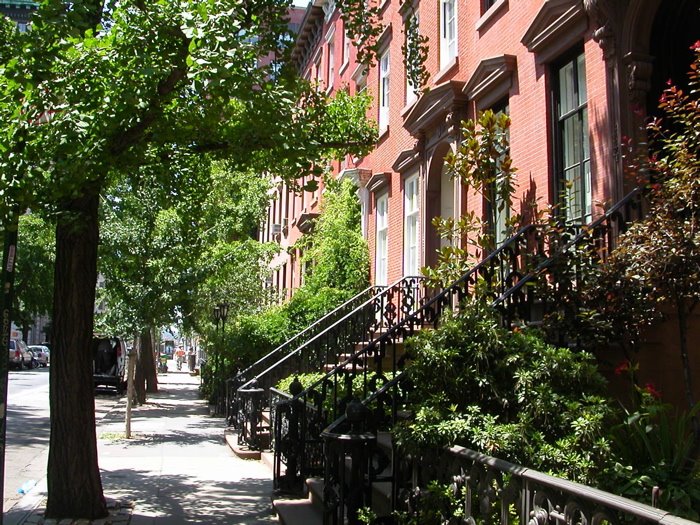Search This Blog
A strolling guide to New York City by writer and photographer Teri Tynes. Active during the years 2007-2021, Walking Off the Big Apple plans new walks away from the city in the summer of 2025.
Posts
Showing posts from July, 2008
Coming this summer 2025
A Hudson River Camino - a cultural and spirit-filled pilgrimage up river.
Walking New York: St. Luke's Place and Marianne Moore, Sports Fan
- Get link
- X
- Other Apps
Walking New York: Theodore Dreiser on St. Luke's Place
- Get link
- X
- Other Apps
Walking New York: St. Luke's Place, The Mayor's House
- Get link
- X
- Other Apps
Walking New York: St. Luke's Place, An Introduction
- Get link
- X
- Other Apps
WOTBA 2.0: Walking Off the Big Apple and the IPhone 3G Experience
- Get link
- X
- Other Apps
The Sun Appears, Villagers and their Spellin', a Problematic Intersection in Soho, the IPhone 3G, and a Lobster Roll
- Get link
- X
- Other Apps
The All-Too-Quiet Greenwich Village 4th of July Weekend: Adios, Señor Swanky's
- Get link
- X
- Other Apps
Places from The Bell Jar: Sylvia Plath's New York, and a Map
- Get link
- X
- Other Apps
Walking Off The Bell Jar: The Long Walk
- Get link
- X
- Other Apps
Walking Off The Bell Jar: The United Nations, a Simultaneous Translator, and the World Beyond the 1950s
- Get link
- X
- Other Apps
June 11, 2025 in Beacon, NY

On a day trip from NYC









